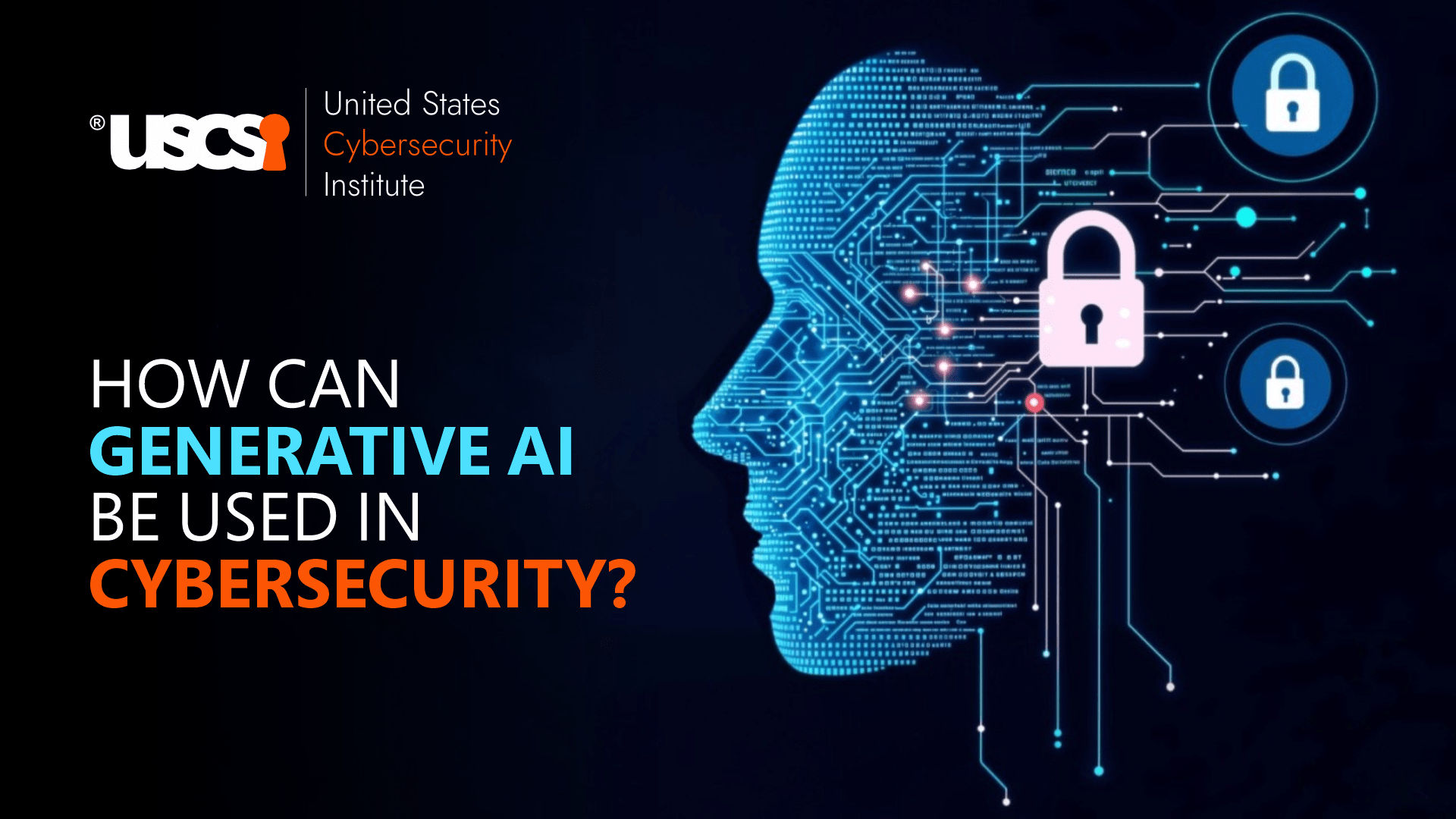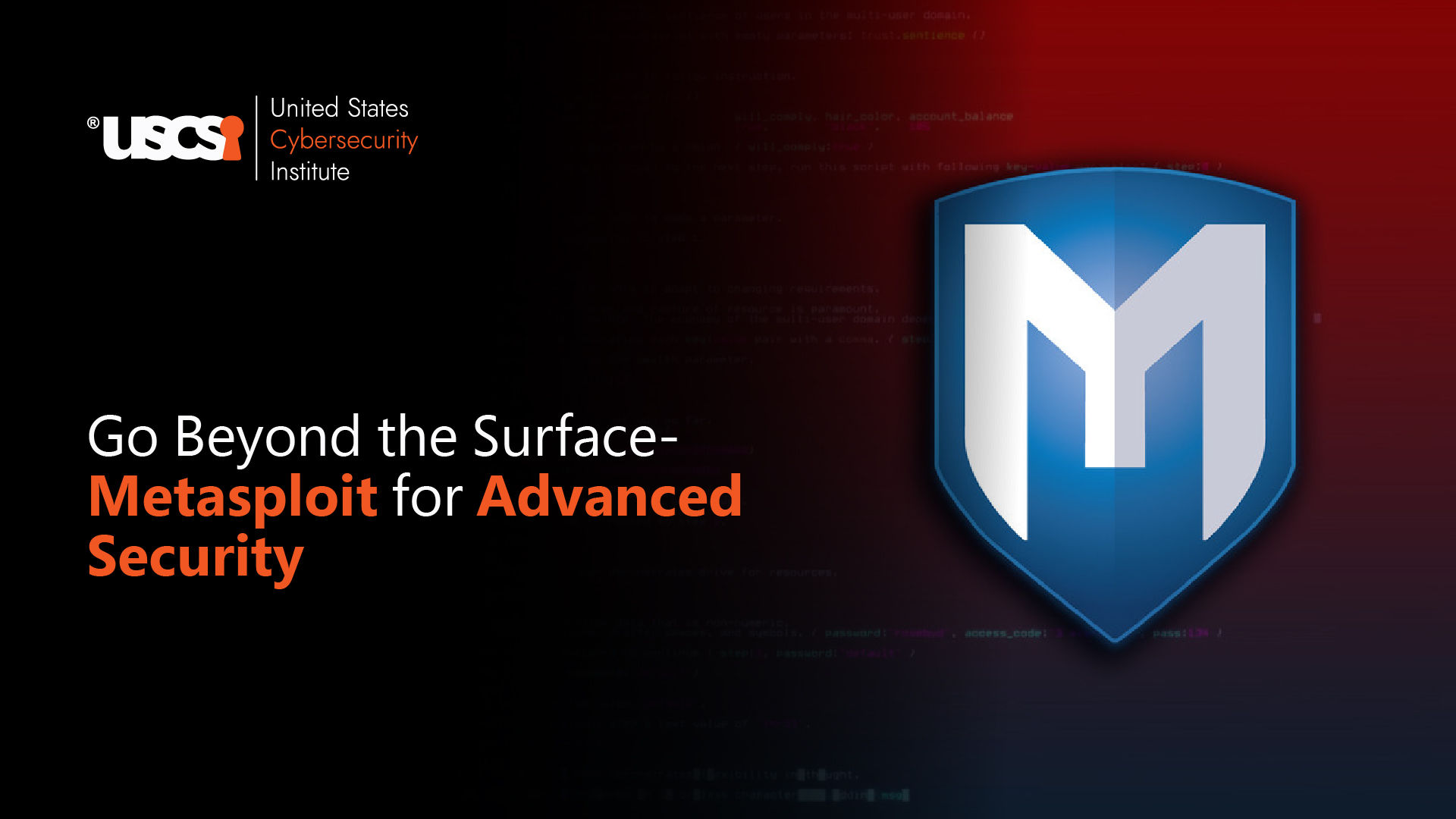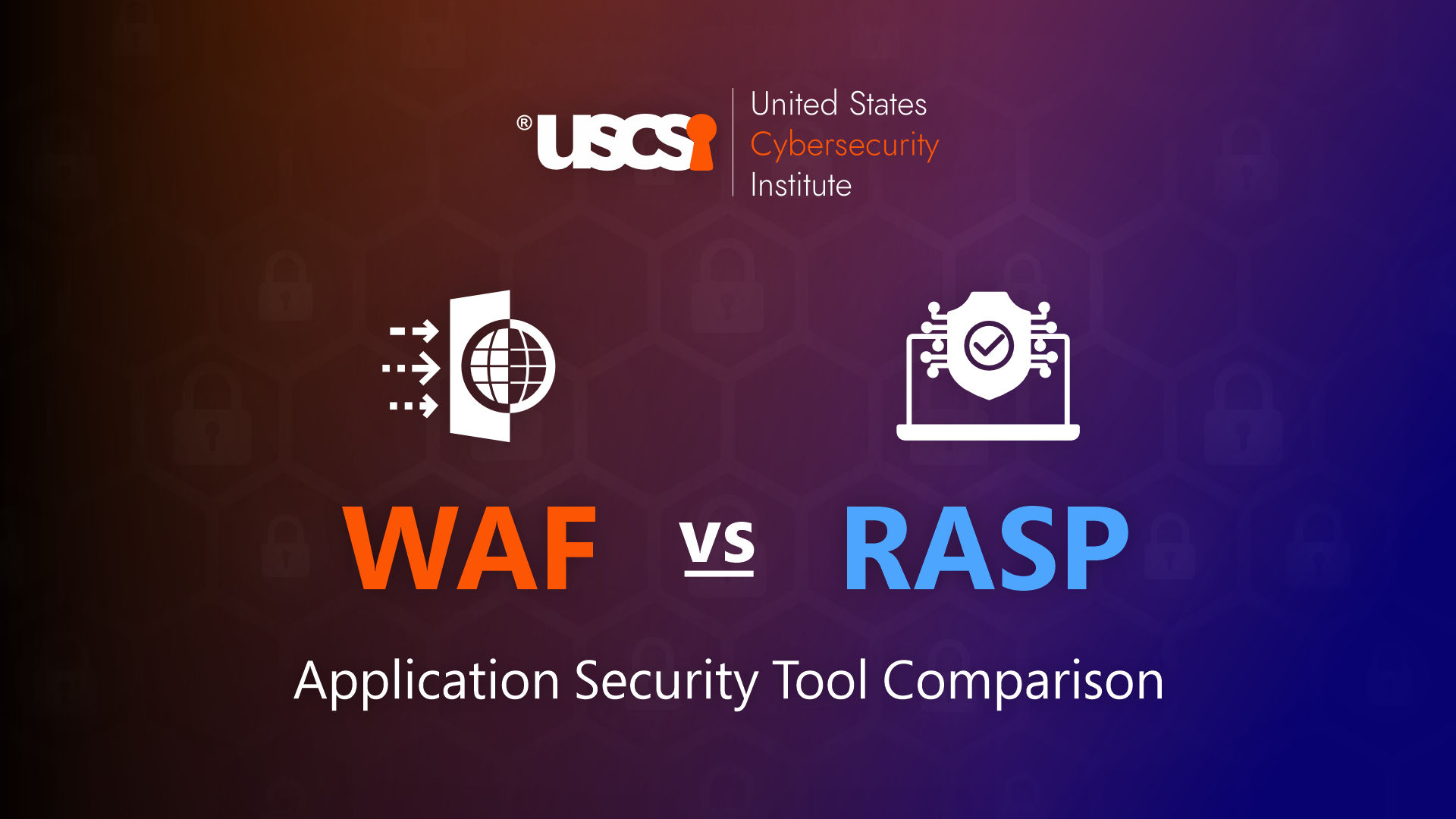

Enter the Cybersecurity Era with Generative AI
Interestingly, you will suddenly see a series of pop-ups flashing and heightened activity levels within the team on the floor, while they frantically try to isolate the network nodes that are constantly pulsing like they are on steroids. Mostly silence, not much noise except the occasional chatter, but even a blind parakeet will know something’s amiss. Suddenly, you are told that the flashing screens and the palpable tension on the floor are because there is a cybersecurity attack underway – right there, right then. Surprisingly, you notice that the professionals and teams aren’t scurrying around as frantically as they should be. Aren’t they worried about enterprise data breaches or ransomware? Your mind starts to wander on these themes as you notice that everything has calmed down. The attack has been thwarted. “This soon and this easily?” you wonder. Determined to get to the bottom of the barrel, you walk towards your friend who is now casually typing prompts into an AI chatbot at his desk and ask what just happened and how on earth he could be so casual about it. His job was just at stake a few minutes ago. How??!!
“Ah, our AI handled it”, you’re told like it was as simple as a pizza delivery. “AI handled it” – the phrase sticks to your mind as you leave the premises, with a rush of adrenaline flowing from what you just witnessed and a strong urge to explore this further. The moment of that memory sends a rush of adrenaline as you realize that there is a quiet revolution currently underway in cybersecurity– where humans and Artificial Intelligence come together symbiotically against increasingly sophisticated cybersecurity threats. At the very core of this revolution is the relatively new phenomenon of generative AI in cybersecurity. This technological marvel is now reshaping the digital battlefield that would have probably sounded implausible and even fantastical as recently as a couple of years ago when the typical use case of Generative AI was simply answering questions and performing calculations for early adopters.
The Evolution of the Digital Predator and Prey Relationship
To successfully judge the sheer significance of generative AI in cybersecurity, consider the digital landscape as an imaginary arms race. For decades now, cybersecurity professionals have played the catch-up game when faced against more advanced and complex cyberthreats from bad actors – Here’s how it has typically been – the attacker develops a new cyberthreat techniques and technologies, cybersecurity professionals observe the threats and develop countermeasures, cybercriminals in turn, observe and analyze the defenses, and then adapt newer techniques to attack – and the cycle continues, or at the very least, it has been the same way until now. Traditional cybersecurity tools were designed and built to operate on the simple principle of identifying known threat vectors and signatures and patterns of previous attacks and neutralizing them.
But hold on, what if there is a threat that the defense systems have never encountered before? This is precisely the threat that modern general AI applications, which are capable of writing and deploying sophisticated malicious code and access the internet and even private networks at the same time, are posing to the global cybersecurity professional community today.
Consider the numbers here:
Cybersecurity Ventures stated in their 2025 report that the global annual cost of cybercrime is projected to reach $10.5 trillion annually by the end of this year, up from 3 trillion in 2015.
Enter machine learning models, which initially offered promising solutions, but the early AI systems could easily detect anomalies and flag potential malicious activity based on the threat actor’s behavioral patterns alongside the threat signatures. Perhaps their biggest limitation was that they needed extremely vast amounts of training data (not a commonly available commodity in the cybersecurity world). Besides, they also struggled with genuinely novel, not to mention flagging enormous amounts of false positives that were a constant source of fatigue for cybersecurity professionals at the time. The emergence of Generative AI, however, is rewriting the rules of the game, and how! Gen AI empowers in-house cyber defense systems that can create new synthesized and sophisticated content (in the form of code, of course) – and it has fundamentally altered the equation altogether.
Generative AI in Cybersecurity – A Deeper Dive
At its very core and to the average layperson, Generative AI refers to the algorithms that can create new content, even other AI models, on its own. They are almost entirely built on neural network architecture like transformers, while the neural nets learn the statistical patterns in their training data and can then generate content in almost any form (malicious code in this case) and new instances that exhibit similar features. In the world of cybersecurity, this ability transforms itself into a security mechanism that exhibits unprecedented accuracy in identifying potential threats even before they materialize. In other words, Generative AI applications in cybersecurity proactively search for general attack scenarios, simulate those scenarios, and prepare defenses, predict vulnerabilities within the devices or networks, and create advanced countermeasures. All of these before malicious actors have even had a chance to strike.
Adversarial Thinking – The Foundational Principle
Adversarial Thinking is perhaps the most advanced principle that forms the basis of Gen AI systems in cybersecurity today. In essence, this means that the AI plays the game from both ends, akin to the way the red and blue teams of yesteryears used to pit themselves against each other for attack surface and vector analysis, penetration testing, among others. This attacker/defender waltz within the AI models, with mild human intervention at the most, has been shown to remediate weaknesses within the organization’s internal IT ecosystems at extremely high precision levels.
A Case Study
Consider, for example, a major British Financial Institution’s scenario in 2023. Post the implementation of Generative AI in their security framework. Within weeks of implementation, they were being shown vulnerabilities in their entire IT infrastructure and data governance that they didn’t even know existed, and given the sensitivity of the situation that human analysts and security consultants had not even considered before, the institution was required to hire additional personnel to fill in the holes in the systems with immediate effect, narrowly preventing a major catastrophe. What role did Gen AI have to play here? Well, apparently, since deployment, the AI was generating thousands of potential attack vectors across the entire computing framework and was trying to simulate breach and DDoS attack scenarios, running thousands of simulations and flagging the vulnerabilities it found. Yes, 24/7!
The Defender’s Arsenal
Real-world applications of Gen AI in enterprise security frameworks are as diverse as they are powerful. Some of the major weapons for the modern AI-empowered cybersecurity professionals include:
Threat Intelligence and Prediction
This is probably the most pervasive set of tools and frameworks in today’s realm of cybersecurity. These systems generate detailed attack scenarios, analyze exposed attack surfaces, and allow security teams to patch up existing vulnerabilities proactively, strengthening their defenses before they are targeted. A recent study by MIT’s Computer Science and Artificial Intelligence Labs discovered that Gen AI predictive machine learning models could anticipate new variants of known malware and attacks with an astonishing 87% accuracy, compared to just 59% for traditional cybersecurity operations.
Automated Vulnerability Discovery
Gen AI security frameworks do not need human researchers to discover vulnerabilities in their IT ecosystems anymore. It can automatically probe for weaknesses in security by generating thousands of potential exploit scenarios. According to Google’s Project Zero, for example, vulnerability discovery, assisted by Gen AI, has successfully increased the rate of critical vulnerability identification by a significant 34% compared to traditional methods.
Synthetic Data Generation
In a world awash with data, Gen AI just can’t have enough. The “Generative” in Generative AI is being used in cybersecurity to do just that. Generating training data for its models is the new game in town, and cybersecurity engineers could not be happier. Generative AI solves the problem of scarce available training data, especially those from rare or novel attack types, to generate synthetic datasets that mimic the characteristics of real attack scenarios, allowing Gen AI-based security systems to be trained on a much wider range of attack scenarios than would otherwise be impossible to create. Gartner released a report in 2024 that revealed that organizations using synthetic data for security training faced 42% fewer successful breaches compared to those using traditional methods.
The Human-AI Symbiosis
Despite the power of Generative AI in cybersecurity today, the best outcomes for organizations are often those that involve humans and AI working seamlessly and in tandem with each other to prevent cyber-attacks. The cybersecurity experts of tomorrow will not be replaced by Gen AI but rather be augmented in their capabilities thanks to the technology. This symbiotic relationship is evident, like cybersecurity skills in demand. LinkedIn’s 2024 Emerging Jobs Report, for example, roles that combine traditional cybersecurity practices with AI literacy are seeing the fastest growth and rank among the top skills in demand worldwide, with a 96% increase in cybersecurity job postings requiring both skillsets compared to the previous year.
The most cybersecurity professionals today are those who understand both the capabilities and the limitations of Gen AI systems. They know when to trust the AI’s recommendations and remediations and when to question them, and know how to guide the AI’s overall functions towards more effective protection strategies.
As the inevitable rise of Gen AI in cybersecurity continues to grow, so does the demand for AI-literate and qualified cybersecurity professionals, outstripping the supply by a wide margin. Cybersecurity Ventures’ data shows that 3.5 million such roles are lying vacant as of early 2025. This presents the opportunity of a lifetime for individuals looking to pursue a cybersecurity career. The most important among these cybersecurity trends in hiring is the emphasis that is being laid on being AI-literate, with specialized certifications that demonstrate professional capabilities in AI-enhanced security practices. Cybersecurity certifications not only demonstrate technical proficiency but also signal the employer that a potential candidate is proficient in managing the evolving nature of the domain and is committed to staying at the forefront of security practices. If you’re a cybersecurity professional or looking to step into the arena, the question is not about whether you should enhance your expertise with AI literacy. It’s about how fast you can adapt your professional life to this new and evolving reality. The stakes have never been higher. So go ahead and get certified, prove your capability and dedication to your area of expertise in cybersecurity, and adapt to this change. Your growth story awaits you.




